The front desk at Sprint's facility in Lenexa, Ks.
On Monday and Tuesday of this week, I attended a press event at Sprint’s headquarters in Overland Park, Ks. One highlight was the visits we paid to several of the facilities where the company tests phones and other devices that run on its network.
Doing this testing is a gargantuan undertaking, even though the products in question have already undergone enormous amounts of testing by their manufacturers by the time prototypes reach Sprint’s labs.
Why does Sprint have to evaluate them even further? Well, for one thing, some products still have meaningful bugs at that point. (Plenty of tech products still have bugs when they reach consumers, of course — there’s no such thing as excessive testing.)
And with wireless products, some testing is carrier-specific. When a product arrives at Sprint, it’s possible that it’s been tweaked to work well on Verizon Wireless’s network, but doesn’t run as robustly on Sprint. That will continue to be true even though Sprint is moving to LTE, the same form of 4G service used by other carriers; each company’s flavor of LTE remains unique.
Herewith, some photos of what we saw.
A simulated human head and two simulated human hands — all of which are used to test antenna performance.
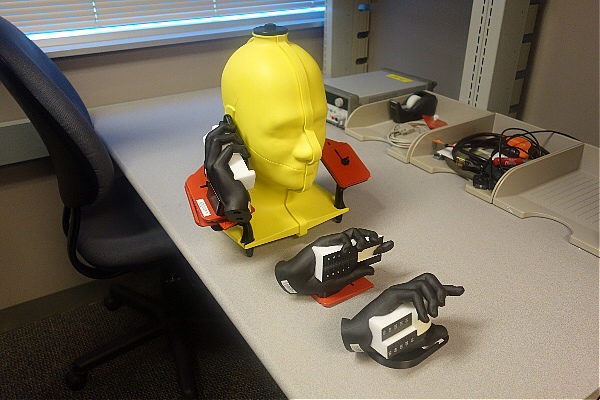
Harry McCracken / TIME.com
Inside an anechoic chamber at Sprint’s facility in Lenexa, Ks. The 15′ cube-shaped room is filled with foam spikes which absorb RF radiation, allowing the company to test antennas in a controlled environment. That’s a smartphone sitting on a tower in the middle of the room.
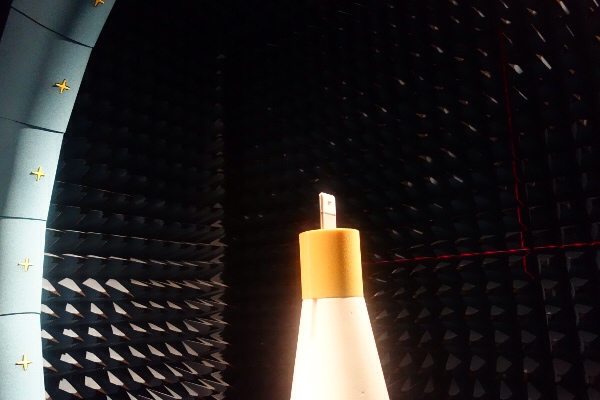
Harry McCracken / TIME.com
The Lenexa labs also include vast quantities of phones, from old models to the newest smartphones, enclosed in banks of testing devices — they look a bit like they’re in vending machines. In this instance, the handsets in question are pretty darn old school.
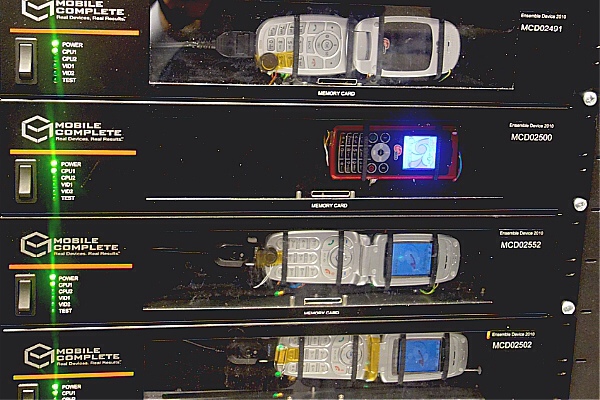
Harry McCracken / TIME.com
Sprint technicians — and others, whom Sprint authorizes, such as third-party developers — can use a PC to remote-control any phone in the banks shown above over the Internet. They can use features, run apps and even make phone calls. Here, a Sprint employee plays Angry Birds on a distant smartphone.

Harry McCracken / TIME.com
At its Overland Park headquarters, Sprint has a usability lab where it uses a computer equipped with eye-tracking software to gauge where test subjects’ eyes wander and how long they stay there. Here’s USA Today tech writer Ed Baig serving as a Guinea Pig on the left while a Sprint employee observes. Ed’s looking at Sprint’s web site, which the company tests for usability by both newbies and more sophisticated types.
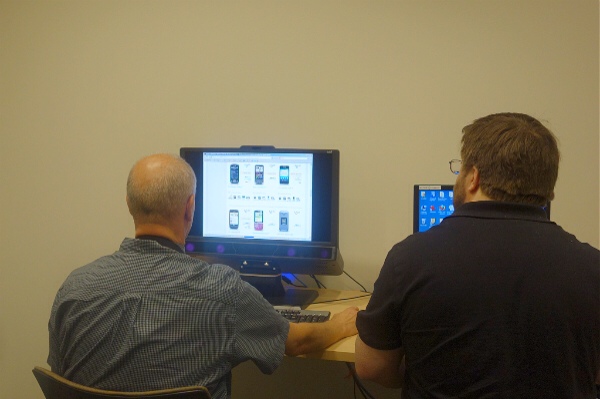
Harry McCracken / TIME.com
More tests in progress, including a phone (on the left) mounted in a stand used for battery testing. The Big Jambox and headphones on the right are used for audio testing.
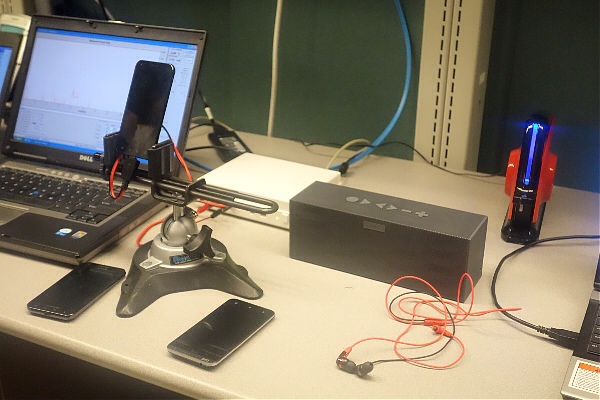
Harry McCracken / TIME.com
Here’s an expansive room full of networking equipment. It’s the same type of gear which Sprint uses to run its real nationwide wireless network, but in this case, it’s used for testing purposes. The boxes on left are radio units of the sort which sit on top of cell towers.
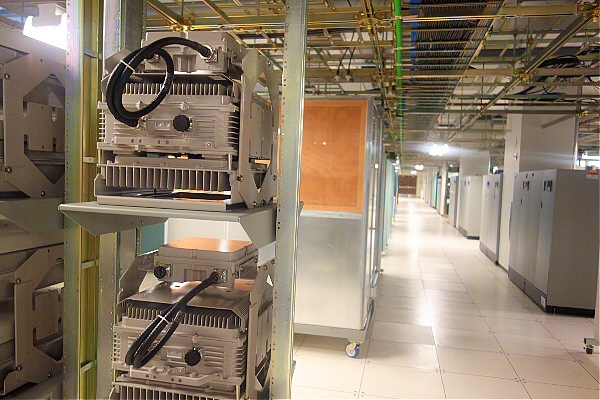
Harry McCracken / TIME.com


